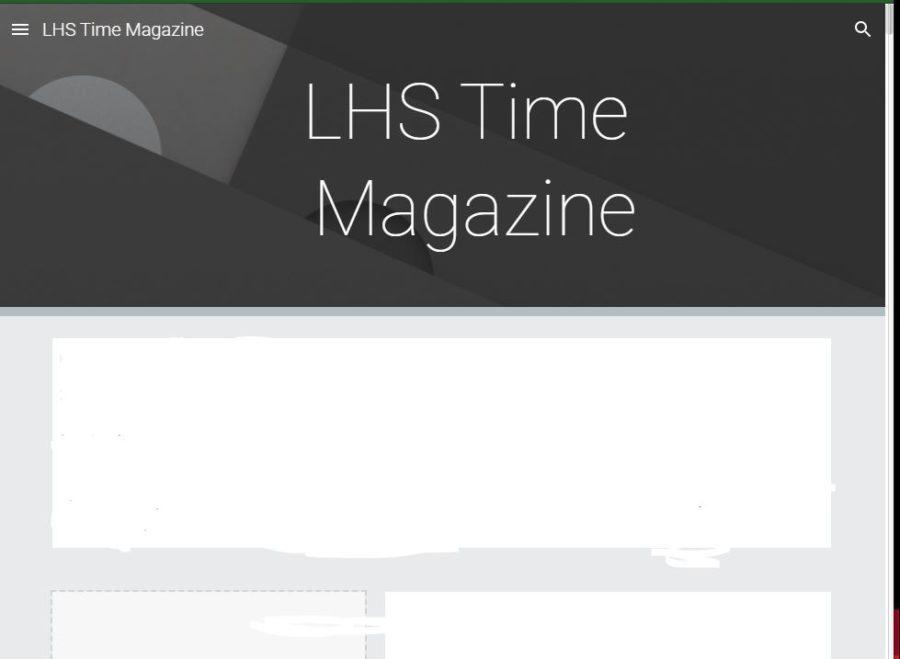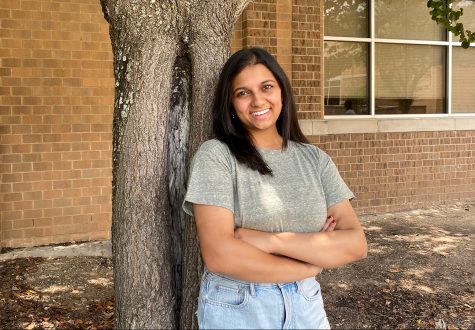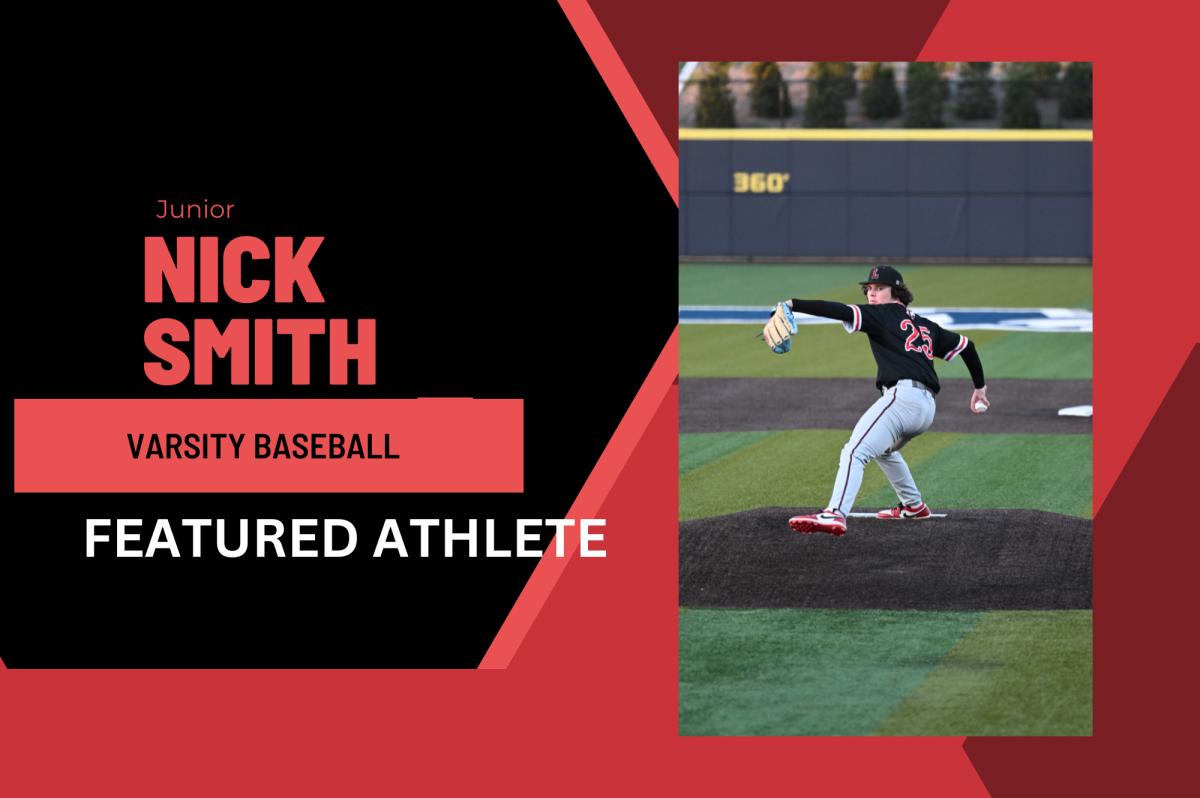Cold War becomes magazine project for APUSH
April 9, 2021
Preparing students for the future while also incorporating a new medium, AP U.S. History classes have taken on a project that allows them to express themselves by publishing students’ work in a magazine.
“The LHS Time Magazine is basically a research project in which we asked students to pick a topic within the time period of the Cold War,” AP U.S. History teacher Allen Harris said. “They then did a full research paper on it and then went on to create a magazine piece such as an article, photo essay, infographic, or even a political cartoon. Anything that can be presented in a digital format much like something you would see on an actual time magazine. After, we compiled every student’s work into a website with all of the different submissions and created a conglomerate LHS Time Magazine for everyone to view and enjoy.”
The project allowed students to broaden their expertise when it comes to writing, and also gave them an opportunity to test the waters of a possible career path.
“If you want to be a writer, get into media, publishing, radio or broadcasting, then this project definitely gives you a glimpse into the future,” Harris said. “We also ask students to use MLA formatting, citations, and more, just to give them that experience that they’ll need when they write countless research papers in college. It’s useful from the academic standpoint and the career standpoint as well.”
For junior Tushamma Rahim, this project provided her with a new perspective.
“I’ve never considered going into journalism or writing,” Rahim said. “I’ve always loved medicine. But, after walking in a writer’s shoes for a very short amount of time, I’ve found that I have some interest in writing and various art forms and hope to someday incorporate that into my love for medicine as well.”
But other than preparing students for their lives after high school, the essay portion of the research project helps prepare them for AP exams and their senior year.
“I hope that students are able to get an idea of what the process looks like so that it’s not as difficult to complete an assignment like this the next time it happens,” Harris said. “With the pandemic, many students did not get to practice writing papers like this because toward the end of the year, a lot of the curriculum was dismissed. It threw everyone for a loop. A lot of students struggled with writing the essay portion of this project but they worked really hard and eventually figured it out.”
With the added disadvantage of having students split between virtual and in-person lessons, Harris believes that it’s hard to emotionally connect with students in order to identify their interests to gear the lessons toward them.
“With a lot of my students being virtual, it’s harder to see some of those personal details that make a student unique until they turn in something like this assignment,” Harris said. “This way I can see what each student enjoys doing the most.”
“I think that students will find it more engaging and fun to learn through this medium,” Reedy High School junior Divya Pothavajhyula said. “Due to there being a creative aspect of the project, everyone’s work is going to be different and unique. This way, I think that our teachers will be able to understand each student’s individuality better after seeing our work.”







